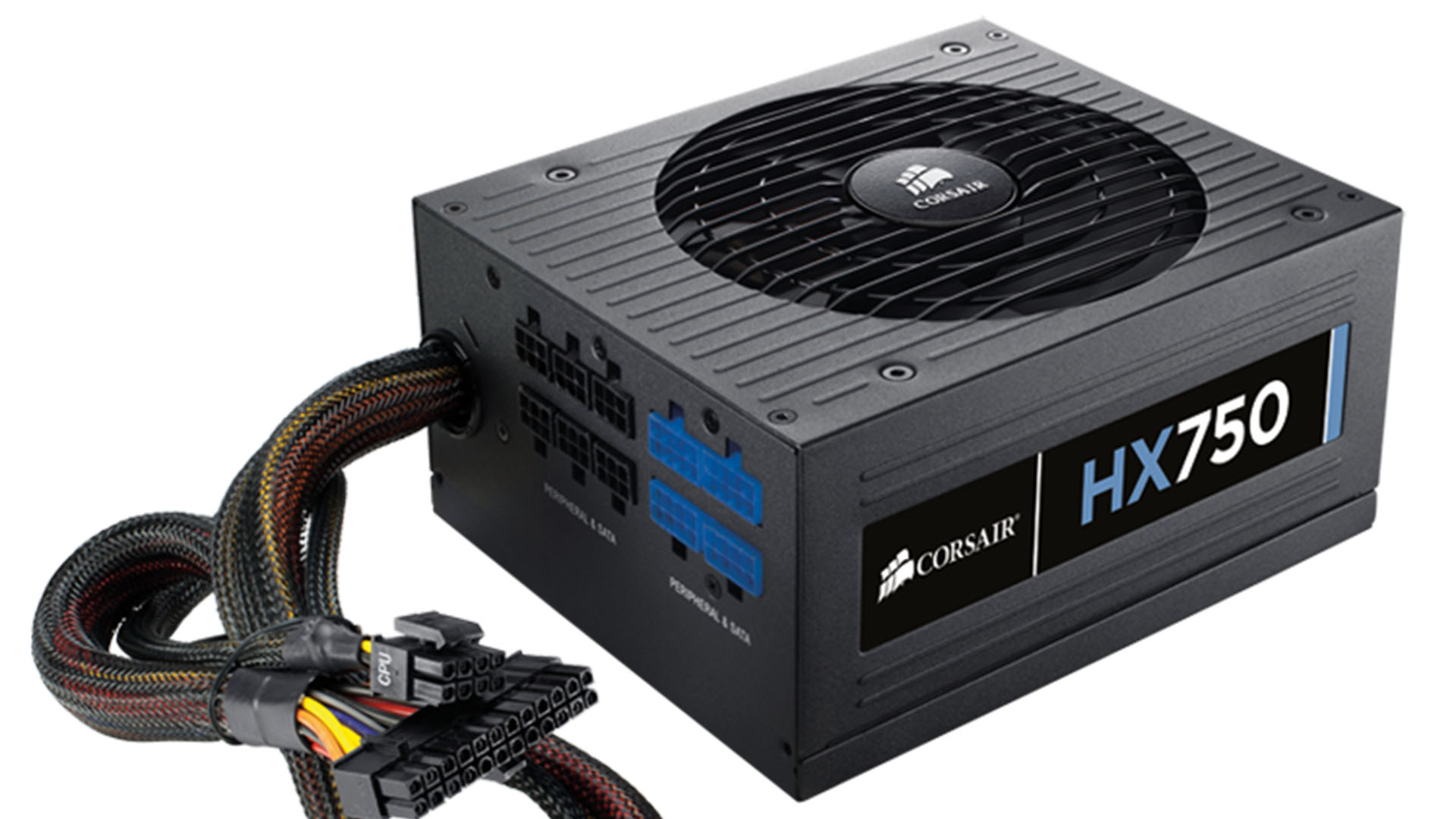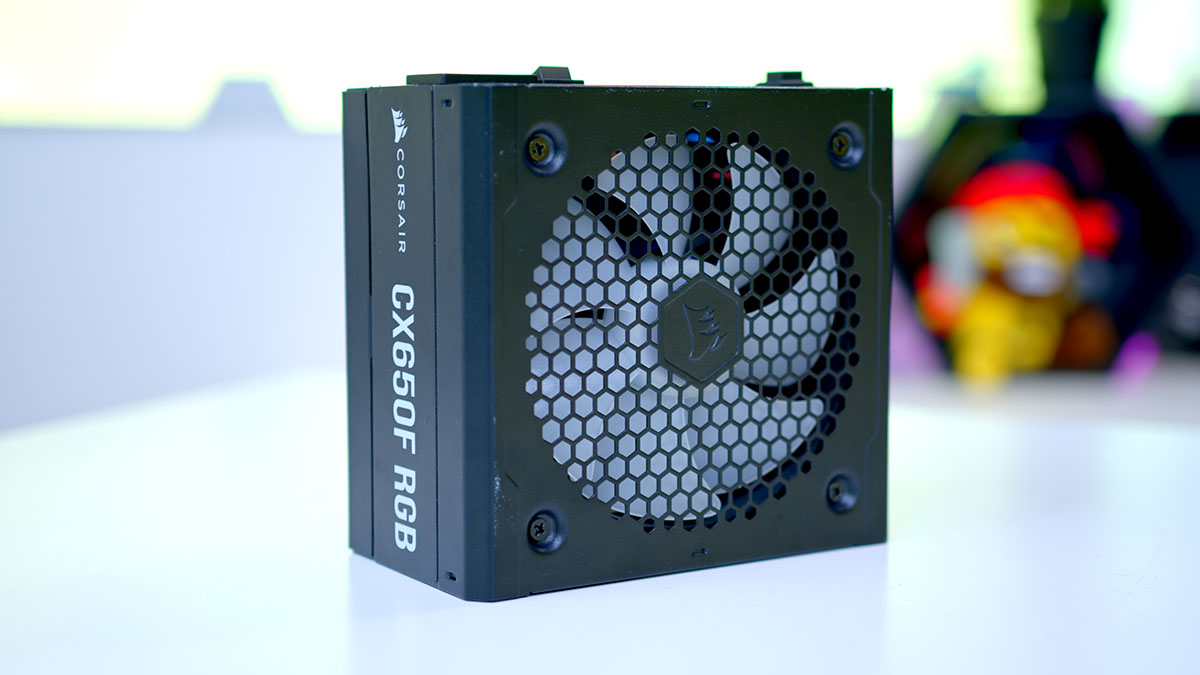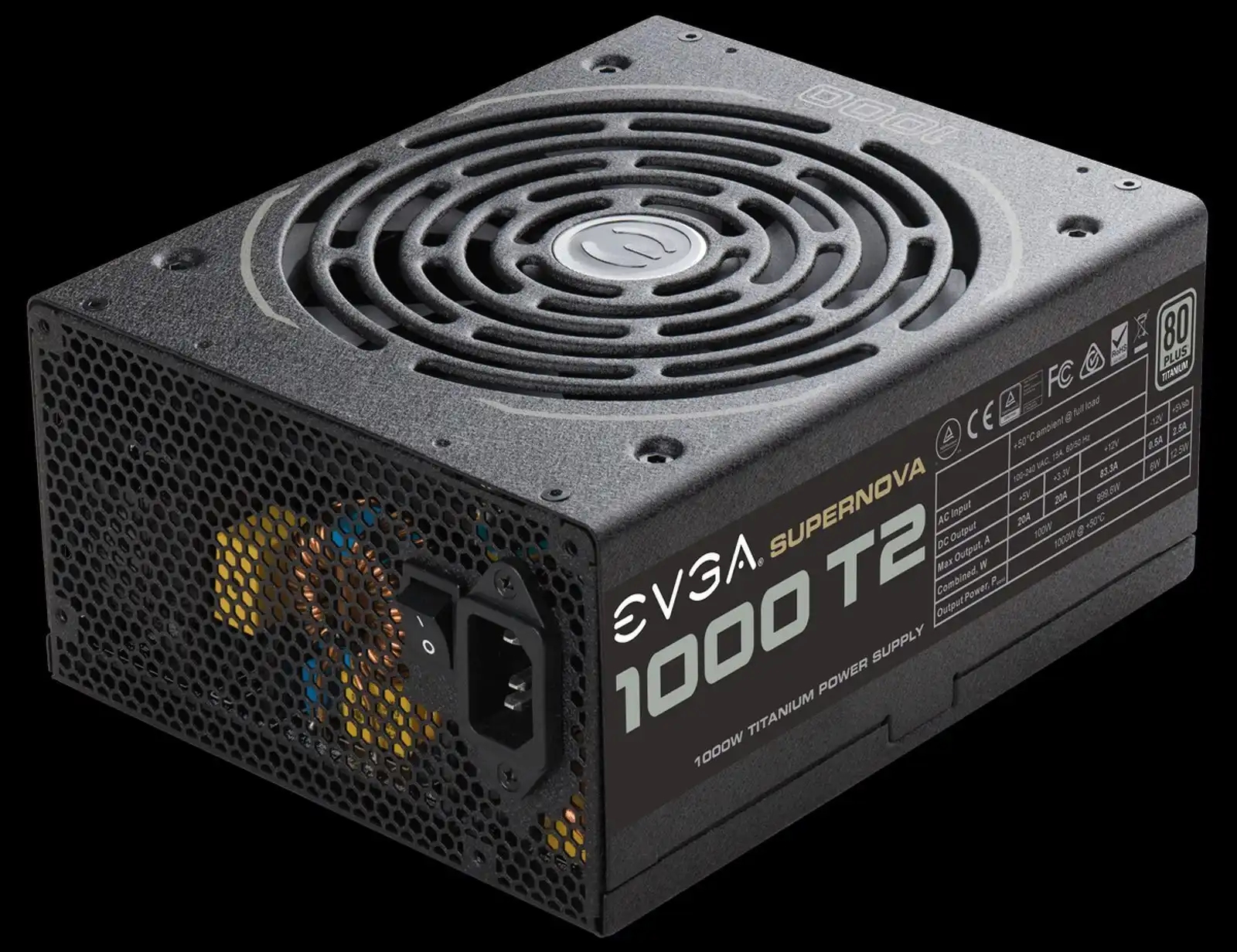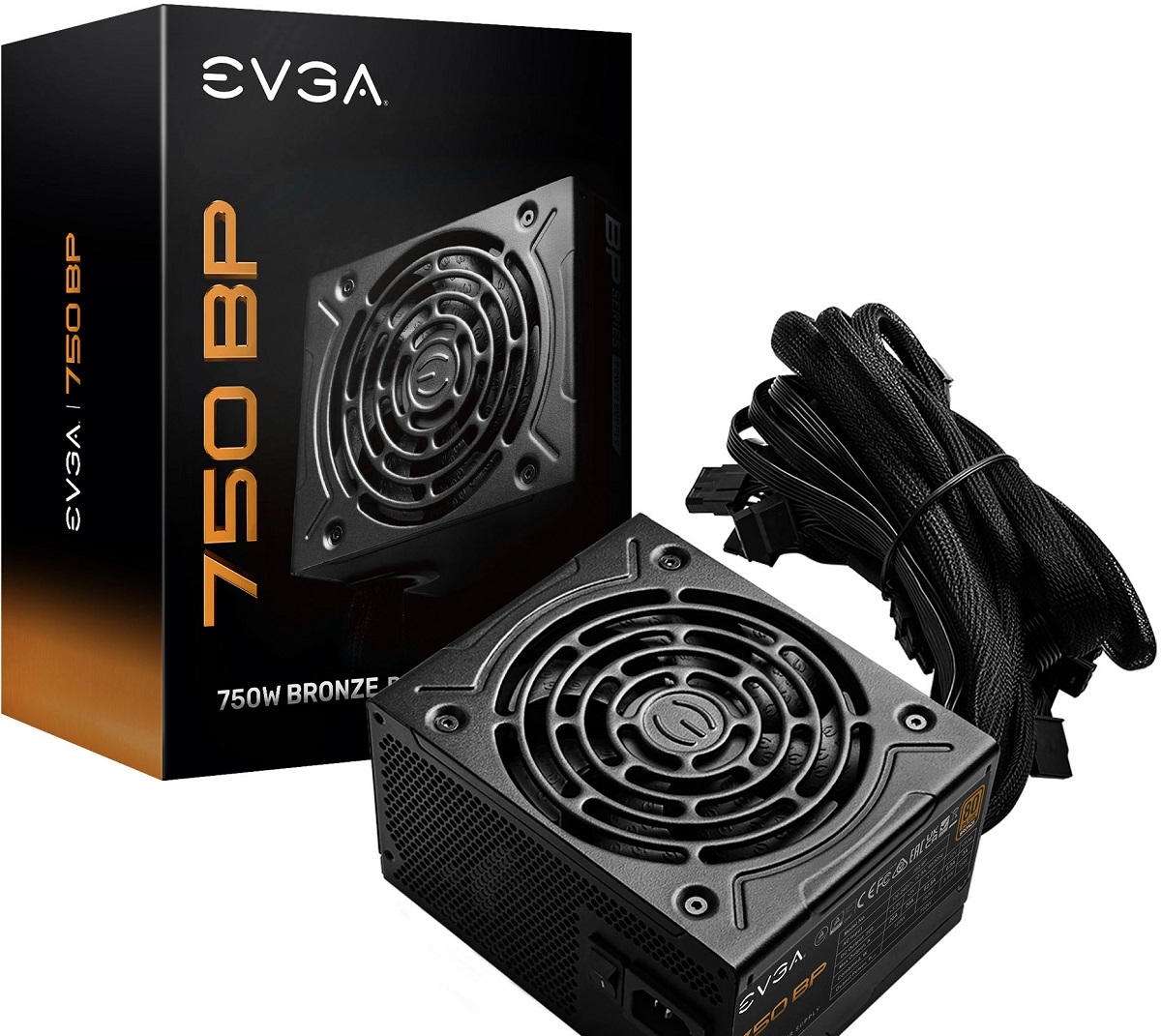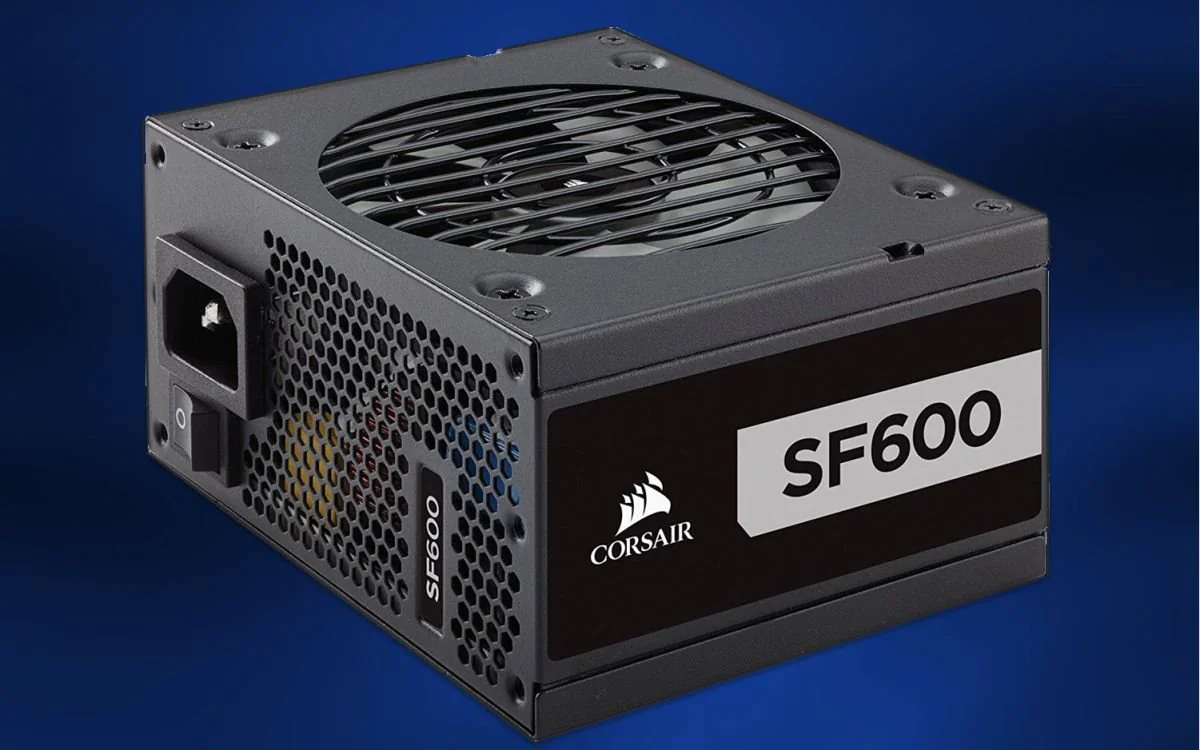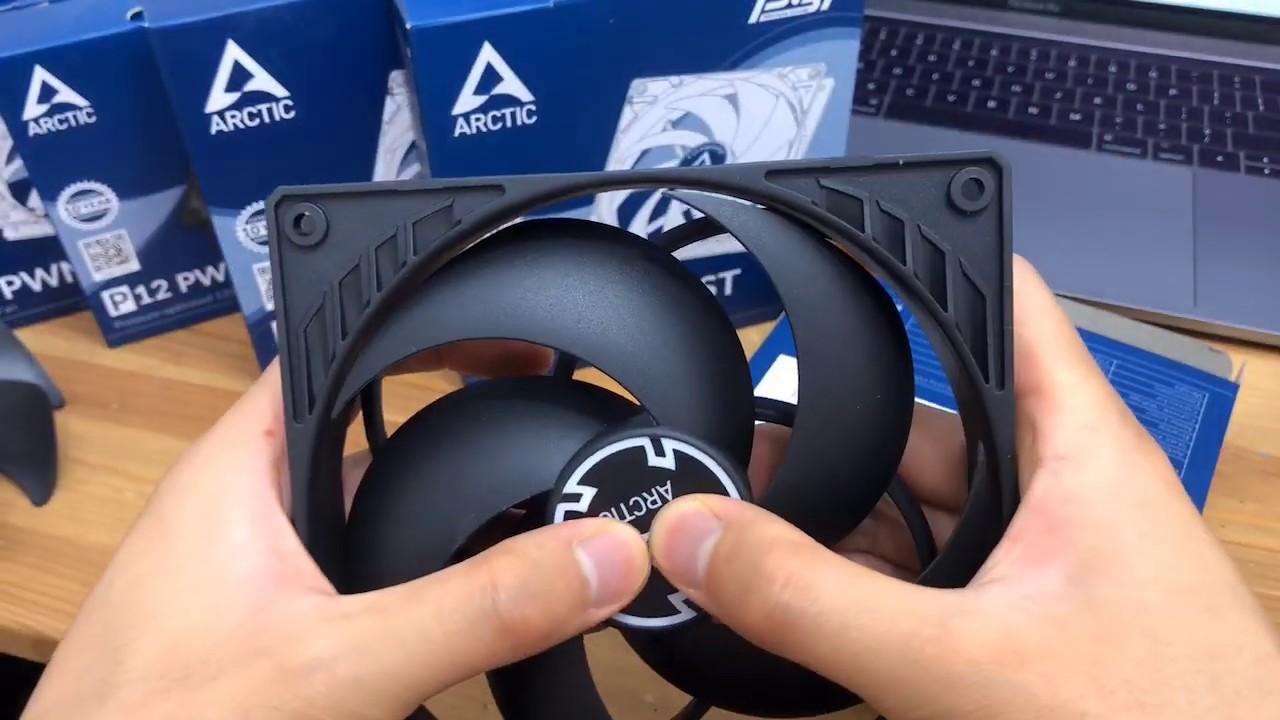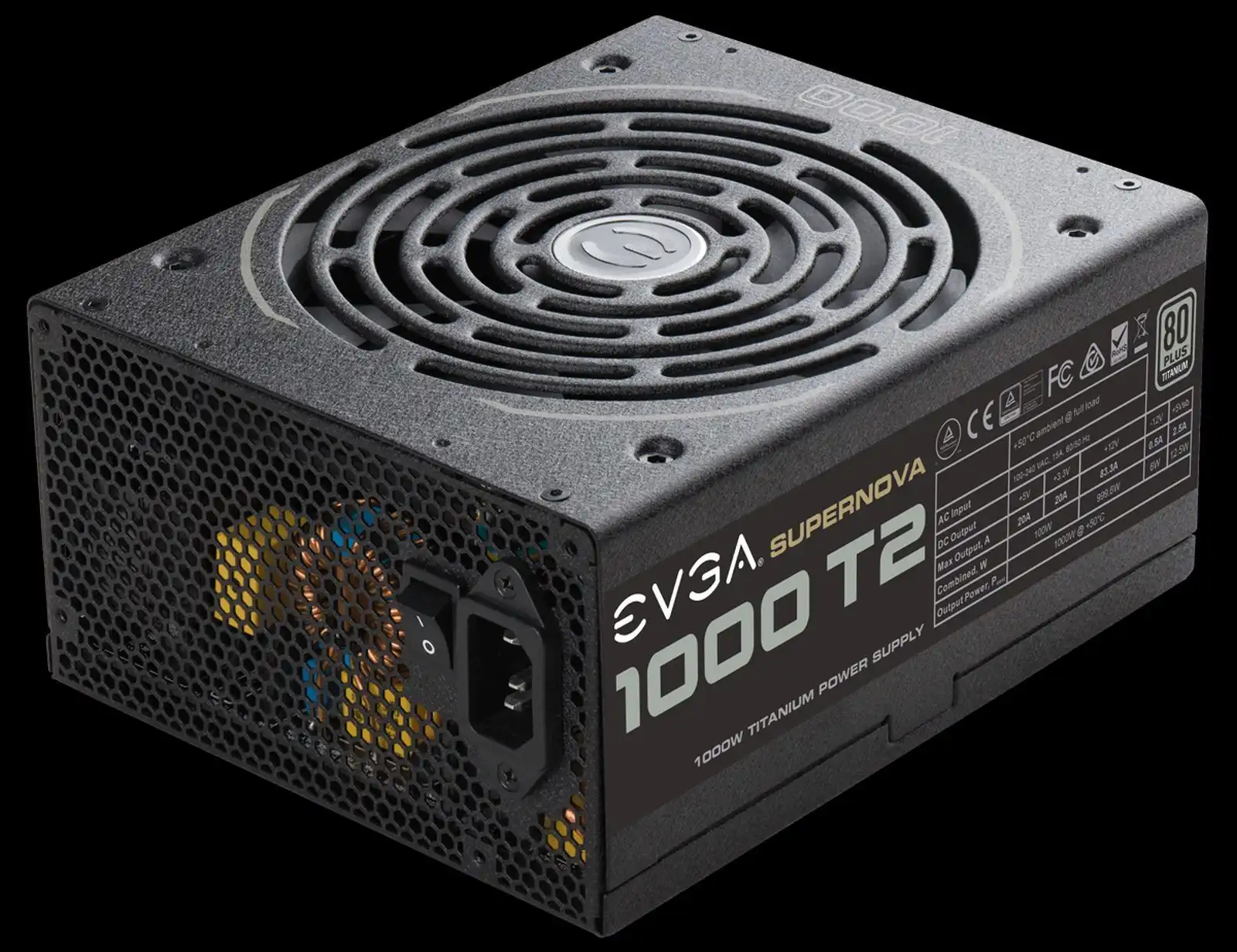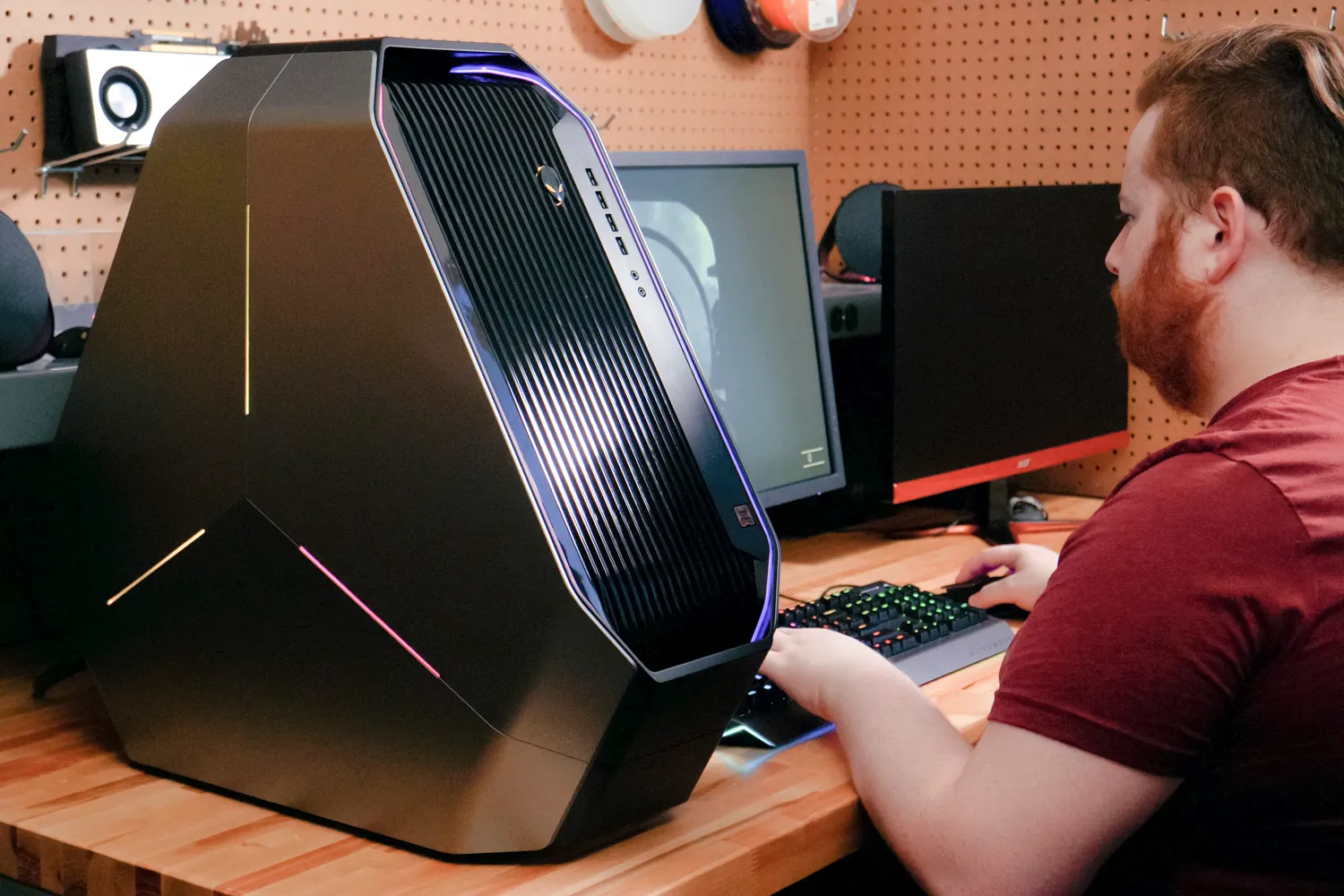Introduction
When building or upgrading a computer system, one crucial component to consider is the power supply unit (PSU). The PSU is responsible for delivering adequate and stable power to all the other components in your system. Choosing the right wattage for your PSU is essential to ensure reliable performance and avoid potential damage to your hardware.
Before diving into the details, it’s important to understand that wattage refers to the amount of power a PSU can deliver. It determines how many components your system can support and how much power each component can safely consume. A PSU with insufficient wattage may cause stability issues, while one with excessive wattage can be a waste of money.
In this guide, we’ll explore the important factors to consider when determining the wattage for a power supply unit. We’ll discuss the power requirements of different components, how to calculate wattage, the concept of over-provisioning, and tips for choosing the right PSU.
By the end of this article, you’ll have a clear understanding of how much wattage your power supply unit needs to provide, ensuring a reliable and efficient system for your computing needs.
Factors to Consider
When determining the wattage for your power supply unit, there are several factors to take into account. Understanding these factors will help you make an informed decision and avoid potential issues down the line.
1. System Components: The power requirements of your system depend on the components you plan to use. Different components, such as the CPU, GPU, hard drives, and peripherals, have varying power demands. Make a list of all the components you intend to include in your system to get an estimate of their power consumption.
2. Power Efficiency: Power supply units have efficiency ratings, commonly represented as 80 Plus certifications. These ratings indicate how efficiently a PSU converts AC power from the wall outlet into DC power for your system. Higher efficiency ratings means less wasted energy and lower electricity bills.
3. System Usage: Consider your typical workload and usage patterns. If you’re building a gaming rig or a workstation for demanding tasks like video editing or 3D rendering, your system will likely require a higher wattage PSU to handle the increased power demands.
4. Future Upgrades: Think about any potential upgrades or additions you may make to your system in the future. If you plan to add more components or upgrade to more power-hungry hardware, it’s wise to choose a PSU with some headroom to accommodate these changes without having to replace the power supply unit.
5. Overclocking: Overclocking your system’s components, such as the CPU and GPU, increases their power consumption. If you’re planning to overclock, make sure to account for the additional power requirements to avoid stressing the PSU beyond its limits.
6. Brand and Quality: Opt for reputable PSU brands known for their reliability and quality. A well-built power supply unit will have better voltage regulation, higher efficiency, and more robust protection features to safeguard your components.
Considering these factors will help you determine the appropriate wattage for your power supply unit. It’s crucial to have a PSU that can handle your system’s power requirements while providing stability and longevity.
Power Requirements for Different Components
Each component in a computer system has its own power requirements, and understanding these requirements is crucial for choosing the right wattage for your power supply unit. Let’s delve into the power consumption of some common components:
1. CPU (Central Processing Unit): The CPU is the brain of your computer, and its power consumption varies depending on the model and workload. High-end CPUs used for gaming or resource-intensive tasks can consume 100 watts or more, while mainstream CPUs typically range from 65 to 95 watts.
2. GPU (Graphics Processing Unit): GPUs are primarily responsible for rendering graphics and can be a major power draw in gaming rigs and workstations. Entry-level GPUs may consume around 75 watts, while high-performance models can require 250 watts or more.
3. Hard Drives and SSDs: Hard drives and solid-state drives (SSDs) used for storage have minimal power requirements, typically ranging from 5 to 10 watts. However, if you have multiple hard drives or high-capacity SSDs, the power consumption can add up.
4. RAM (Random Access Memory): RAM modules have low power requirements compared to other components, usually around 3 to 5 watts per stick. Keep in mind that the number of RAM sticks installed in your system will impact the overall power consumption.
5. Motherboard: The power consumption of a motherboard is relatively low, usually around 20 to 40 watts. However, if you have a feature-rich motherboard with multiple peripherals and integrated components, it may consume slightly more power.
6. Peripherals: Devices such as monitors, keyboards, mice, and speakers have varying power requirements. While their power consumption is generally minimal, it’s important to consider the cumulative power demands of all peripherals connected to your system.
It’s worth noting that these power consumption figures are estimates and can vary depending on the specific models and configurations of the components you choose. Always refer to the manufacturer’s specifications for accurate power information.
By calculating the power requirements of each component you plan to use and summing them up, you can get an estimate of the minimum wattage your power supply unit should provide. However, it’s recommended to choose a PSU with slightly higher wattage to allow for headroom and maintain efficiency.
Calculating Wattage
To determine the wattage required for your power supply unit, you can follow a simple calculation process. Here’s how:
1. Identify the power requirements: Create a list of all the components you plan to use in your system and note down their power consumption figures. You can usually find this information in the component’s specifications or the manufacturer’s website.
2. Convert watts to amps: In some cases, the power consumption for certain components may be listed in amps rather than watts. To calculate the wattage, multiply the amps by the voltage value (which is typically 120V or 230V depending on your region).
3. Add up the power requirements: Sum up the power consumption figures for all the components. To be safe, you should factor in an additional 10-20% to account for power spikes or future upgrades.
4. Determine the recommended wattage: Once you have the total power consumption figure, choose a power supply unit that provides at least that amount of power. It’s recommended to go for a PSU with a slightly higher wattage to allow for headroom and efficiency.
For example, if you have a system with a CPU consuming 100 watts, a GPU consuming 200 watts, and other components totaling 50 watts, the total power consumption would be 350 watts. Adding an additional 20% for headroom, the recommended wattage for your power supply unit would be 420 watts.
While this calculation provides a good starting point, it’s essential to consider other factors, such as system usage and future upgrades, to ensure that your PSU can handle the overall power demands reliably.
Keep in mind that the power requirements of components may vary based on their usage. For example, a CPU and GPU may draw more power during intense gaming sessions than during idle periods. It’s important to account for these variations when calculating wattage.
By accurately calculating the wattage required for your power supply unit, you can ensure that your system has a sufficient and stable power supply, reducing the risk of instability or damage caused by insufficient power delivery.
Over-Provisioning
When it comes to choosing the wattage for your power supply unit, you might consider over-provisioning. Over-provisioning refers to selecting a power supply unit with a higher wattage rating than what your system actually requires. While it may seem unnecessary at first, there are several reasons why over-provisioning can be beneficial:
1. Future Upgrades: Over-provisioning allows you to future-proof your system. As technology advances, new components with higher power requirements are released. By choosing a power supply unit with higher wattage, you’ll have the flexibility to add more power-hungry components or upgrade existing ones without having to replace the PSU.
2. Efficiency and Reliability: Power supply units tend to operate most efficiently and reliably when they are not operating at full load. By having some headroom in terms of wattage, your PSU can operate in a more optimal range, resulting in better efficiency and temperature management. This can extend the lifespan of your power supply unit and reduce the risk of components overheating.
3. Safety Margin: Over-provisioning provides a safety margin in case of power spikes or unexpected power fluctuations. These fluctuations can occur due to external factors like lightning strikes or faulty power sources. Having a higher wattage PSU can help absorb these fluctuations and protect your components from potential damages.
4. Noise Reduction: Power supply units tend to generate more heat and noise when they are operating closer to their maximum capacity. By choosing a higher wattage PSU that operates at a lower load, you can potentially reduce the fan speeds and noise levels, resulting in a quieter system.
While over-provisioning has its advantages, it’s important to strike a balance. Choosing a power supply unit with significantly higher wattage than what your system needs can lead to excessive power consumption and unnecessary expenses. It’s recommended to aim for a 10-20% safety margin when over-provisioning.
Additionally, keep in mind that over-provisioning only applies to a certain extent. There’s no need to go overboard with an extremely high wattage PSU if your system doesn’t require it. By considering future upgrades, efficiency, reliability, and safety, you can make an informed decision on whether over-provisioning is suitable for your specific needs.
Choosing the Right Power Supply Unit
Now that you have a better understanding of the factors to consider and how to calculate the wattage for your power supply unit, it’s time to discuss some tips for choosing the right PSU:
1. Wattage: Select a PSU with wattage that meets or slightly exceeds the power requirements of your system. Consider over-provisioning if you want to future-proof your system or prioritize efficiency.
2. Efficiency Rating: Look for power supply units with high efficiency ratings, such as 80 Plus Bronze, Silver, Gold, or Platinum certification. Higher efficiency means less wasted energy and lower operating costs in the long run.
3. Brand and Quality: Choose a reputable brand known for producing reliable power supply units. Read reviews and check customer feedback to ensure you’re investing in a high-quality PSU that offers stability and longevity.
4. Connectors and Cables: Ensure that the PSU has enough connectors and cables to accommodate all your components. Consider modular or semi-modular PSUs for better cable management and easier installation.
5. Cooling and Noise: Look for a PSU with efficient cooling systems, such as a large fan or heat sinks, to maintain optimal temperatures. Quiet operation is also a factor to consider if you prefer a quieter system.
6. Warranty and Support: Check the warranty period offered by the manufacturer. A longer warranty indicates confidence in the product’s quality. Additionally, good customer support can be helpful if you encounter any issues with your PSU.
7. Budget: While it’s important to invest in a reliable power supply unit, consider your budget and strike a balance between cost and quality. Avoid going for the cheapest options as they may lack essential features or have poor reliability.
By considering these factors, you can narrow down your choices and select a power supply unit that best fits your needs and budget. Remember that the PSU is a critical component that provides power to your entire system, so it’s worth investing in a high-quality and appropriate wattage PSU for reliable and stable performance.
Conclusion
Choosing the right wattage for your power supply unit is a crucial step when building or upgrading your computer system. By considering the power requirements of your components, calculating wattage, and understanding the concept of over-provisioning, you can ensure that your system receives adequate and stable power.
Remember to take into account factors such as future upgrades, system usage, and efficiency ratings when selecting a PSU. It’s important to choose a reputable brand that offers good support and warranty coverage. Additionally, consider factors like cooling and noise levels to enhance the overall performance and user experience.
Calculating the total power requirements of your system and choosing a PSU with an appropriate wattage will help prevent instability, performance issues, or potential damage to your hardware. Over-provisioning can provide future flexibility and improve efficiency, but it should be done responsibly, striking the right balance.
By following these guidelines and taking the time to research and choose the right power supply unit, you can ensure a reliable, efficient, and long-lasting system that meets your computing needs now and in the future.







